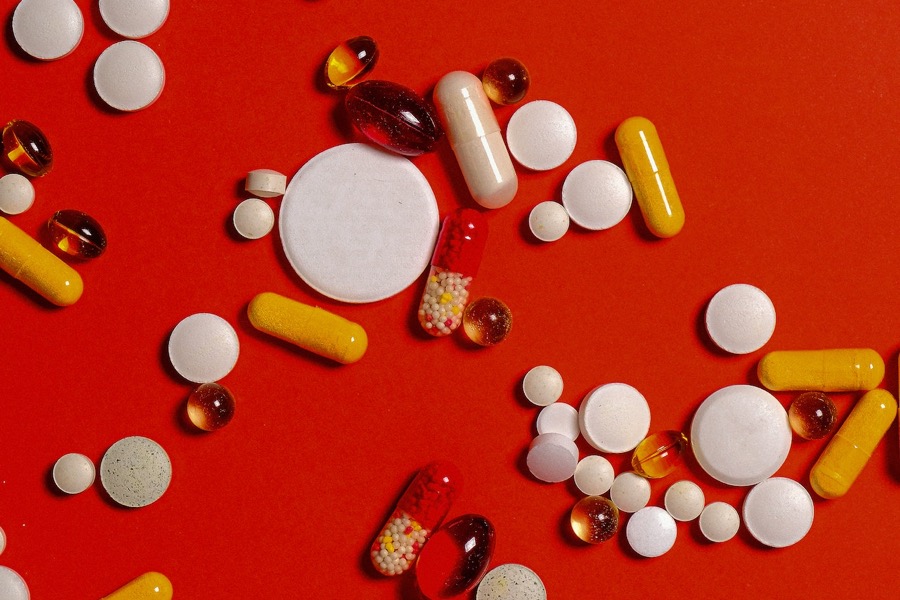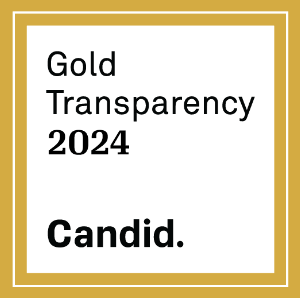A new study published in JAMA Open Network reveals that most drugs advertised on TV don't work better than existing alternatives.
More than 70% of the advertised drugs studied had a low benefit compared to alternatives. Twenty-nine percent of the drugs studied offered a high benefit.
The researchers analyzed the independent therapeutic value for 73 of the highest-advertised drugs on television from 2015 to 2021. The authors defined therapeutic value as "whether they represent advances over existing treatments."
Why it matters
Buyer beware
- Did you ask your physician to prescribe a particular drug, for example, one you saw advertised on TV or a drug recommended by a friend or colleague?
- Ask your physician if there is a more effective alternative for you.
Fewer than one-third of the most common drugs featured in direct-to-consumer television advertising were rated as having high therapeutic value… —JAMA Open Network

The big story
The authors of the study say drug makers may have a bigger incentive to promote drugs of less value because established drugs are more recognized and prescribed without TV advertising.
- For the 73 drugs studied, manufacturers spent more than $22 billion on commercials between 2015 to 2021.
- The median spent for low-benefit drugs was $338 million, almost $73 million more than for drugs with a proven high benefit.
The American Medical Association and public health advocates have called for restrictions on direct-to-consumer drug advertising, warning that it inflates demand for newer, more expensive drugs at the expense of less costly alternatives," the authors noted
A difficult truth
Limiting direct-to-consumer advertising to drugs with high therapeutic or public-health value would probably require industry cooperation or face a constitutional challenge.

